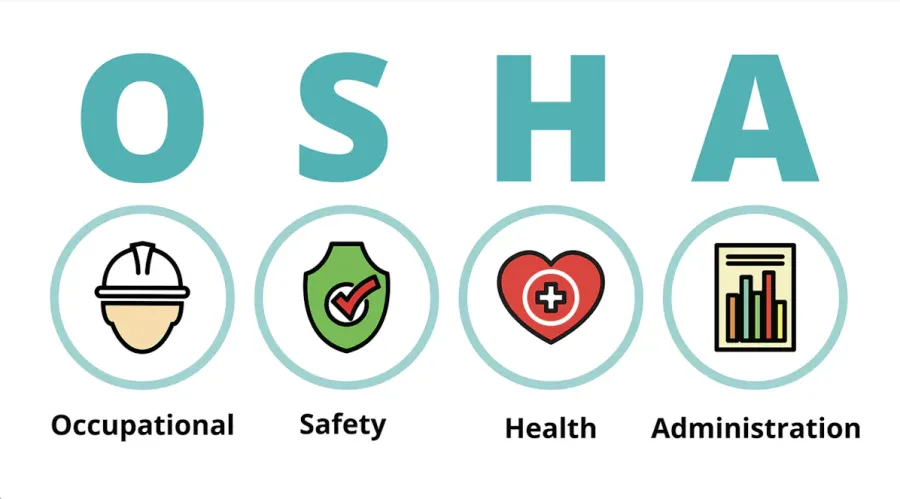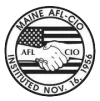OSHA’s Rule on Worker Representation Will Make Workplaces Safer

The Occupational Safety & Health Administration recently issued its final Worker Walkaround Representative Designation Process rule, which lays out the legal standard for designating a worker representative to accompany OSHA inspectors on a worksite walk-around.The AFL-CIO praised the decision, which will better enable workers to select representatives of their choice to accompany OSHA officers on worksite inspection.
“Every worker deserves the right to have a union representative, a workplace safety expert or another qualified advocate present during Occupational Safety and Health Administration (OSHA) inspections,” said AFL-CIO President Liz Shuler in a statement. “We applaud OSHA for finalizing its new Worker Walkaround Representative Designation Process rule to level the playing field for America’s workers.”
This rule clarifies and codifies an existing right that has been eroded in practice by employers and reaffirms the important role of worker representatives in addressing unsafe working conditions. It acknowledges the invaluable expertise that worker representatives bring to the OSHA inspection process—improving hazard identification and remediation efforts and empowering workers to raise concerns without fear of employer retaliation. This rule is a significant step forward to regain worker trust in the investigation process and to ensure fair and equitable treatment for all workers.
In a statement, the National Employment Law Project (NELP), said the rule will especially help workers in very low-paying jobs with higher rates of injuries, illnesses, and fatalities. Under the proposal, walkaround representatives do not need to be employees of the worksite, but can be a trusted third-party, like a worker center or community advocate.
“For workers in these dangerous and low-paying industries—warehousing and manufacturing, meatpacking and poultry-processing, and agriculture—where the workforce consists overwhelmingly of immigrant non-English speakers, walkaround representation is critically important,” said NELP President & CEO Rebecca Dixon in a statement. “Where workers struggle to communicate effectively with a CSHO investigating the worksite, or where they are reluctant to speak out for fear of retaliation, OSHA’s enforcement suffers."
